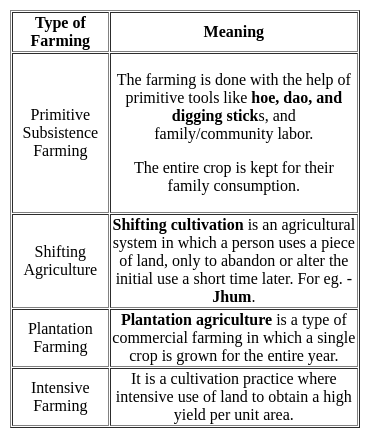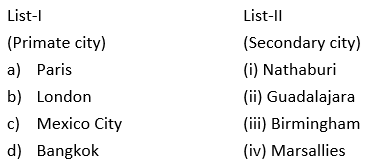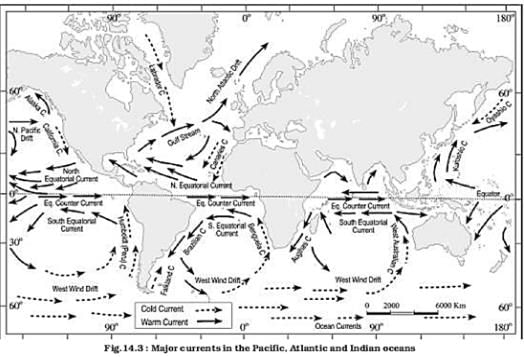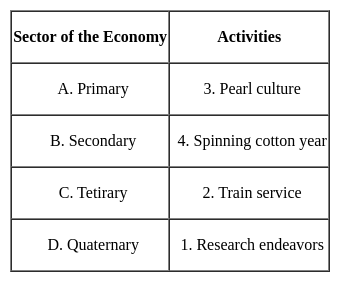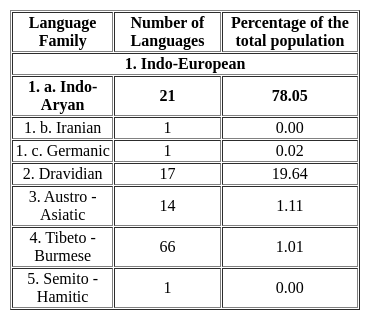MH SET Paper 2 Mock Test - 1 (Geography) - MAHA TET MCQ
30 Questions MCQ Test MH SET Mock Test Series 2025 - MH SET Paper 2 Mock Test - 1 (Geography)
The primary contributor to the increase in atmospheric carbon dioxide, a major greenhouse gas, is most likely due to:
Which of the following type was not included in seven-fold system of land classification given by L.D. Stamp?
The following pairs are given about the contribution of geographer's in Agricultural geography and find out which is not correct?
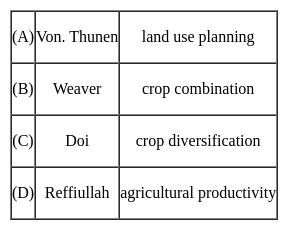

Arrange the following continents in descending order of size:
South America, Africa, Antarctica, Europe, North America
Choose the correct option.
Match the following ocean currents with which they are named :
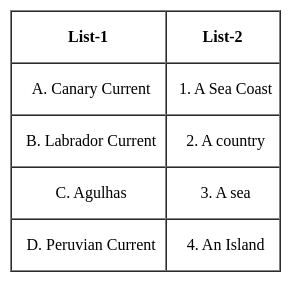
Select the correct code :
As per the Census 2011, which state has the lowest population in India?
i. Sunspots are features on the solar surface which appears as dark spot
ii. Sunspots are huge magnetic storms that occur on sun’s surface.
Choose the correct options:
Assertion A): The ecosystem surrounding a river gets damaged due to construction of a dam.
Reason R): The area gets inundated with large volume of water.
Choose the correct code:
As the temperature of the black body increases,the dominant wavelength of the emitted radiation according to Wein's displacement law is:
Which among the following is / are correct statements with respect to Shifting Cultivation as practiced in India?
- India’s largest area under shifting cultivation is in the state of Arunachal Pradesh
- In recent years, the cycle of shifting cultivation on a particular land has reduced drastically
Select the correct option from the codes given below:
Match the List - I with List - II and select the correct answer from the code given below :
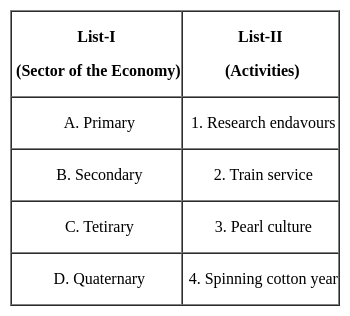
Polavaram Project is located in which state?
Which of the following statement is not correct about andesitic or acidic lava?
|
60 tests
|


